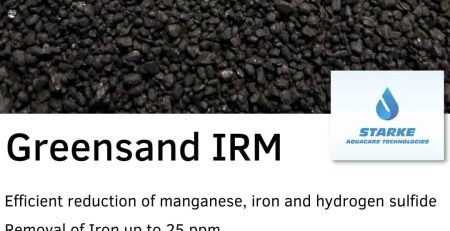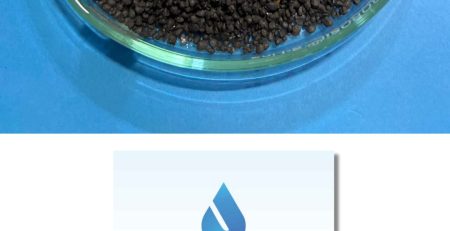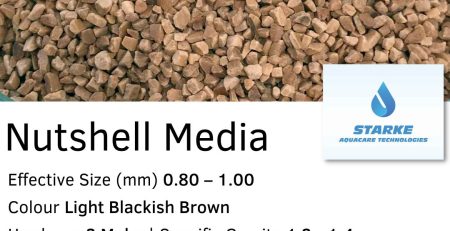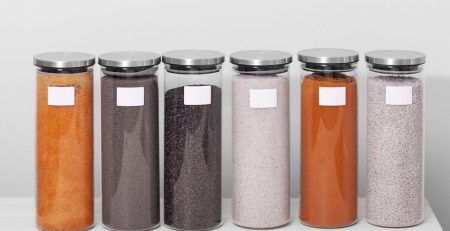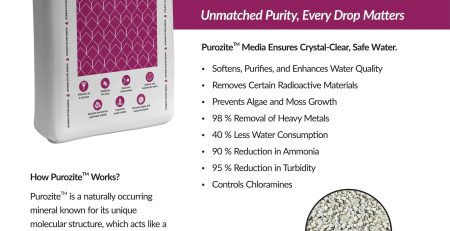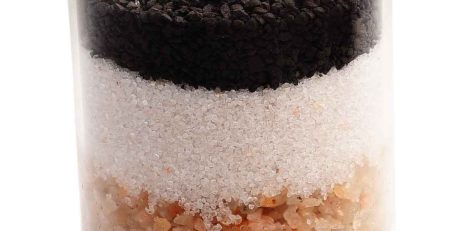Water Treatment Fundamentals
Improving the quality of water involves disinfection plus purification of untreated surface and ground water. A public/private water treatment facility aims to make water safe to drink and pleasant to taste, while also making sure that there is enough water to supply the needs of the community. Raw, untreated water comes from an underground aquifer (via wells) or surface water sources like a river or lake. It flows or is pumped to a treatment facility. The moment it is there, the water is treated beforehand to take away debris – like leaves and silt. Then it goes through a series of treatment processes, which include disinfection and filtration using chemicals or physical processes, eliminating microorganisms that cause diseases. Once the treatment is completed, water flows out through a system of pumps and pipes, which is often called the distribution system. There is a slight difference of water treatment process at various places, based on the technology of the plant and water needed to be processed, but the fundamental principles are mostly the same. At the coagulation state, liquid aluminium sulfate or alum, and at times polymer, is placed in untreated/raw water. This mixture causes tiny dirt particles in water to be fastened together or coagulated. Then, collections of dirt particles join together to produce bigger, heavier particles – known as flocs – which are easily removed through filtration/settling. When water and floc particles go through the treatment process, they flow into sedimentation basins where water moves slowly, letting heavy floc particles dip to the bottom. Floc collected on the lowermost part of the basin is known as sludge. This goes through pipes to reach the drying lagoons. The sedimentation state is not included in Direct Filtration and so, the floc is removed through filtration. Water goes through a filter intended to remove water particles. The filters contain layers of gravel and sand, and in other cases, crushed anthracite. Filtration gathers the suspended water impurities and boosts the efficacy of disinfection. The filters are cleaned on a regular basis by means of backwashing. Before water goes into the distribution system, it is disinfected to make sure that bacteria that causes diseases, parasites and viruses is eliminated. Chlorine is used since it a very effective in disinfecting and maintaining residual concentration to protect from possible biological contamination present in the system of water distribution. Solids collected then settled out from the water through sedimentation and filtration are taken away and brought to drying lagoons. The process of water fluoridation is the treatment of community water supplies to adjust the concentration of free fluoride ion to its optimal level, which is enough to reduce dental cavities. It is mandatory for Hunter Water to fluoridate water in conformity to the NSW Fluoridation of Public Water Supplies Act 1957. Filtered water has lime added to it to adjust the pH level and stabilize natural soft water, so corrosion in the distribution system and customers’ plumbing can be reduced.
Community Level
Coagulation / Flocculation
Sedimentation
Filtration
Disinfection
Sludge Drying
Fluoridation
Correction of pH


